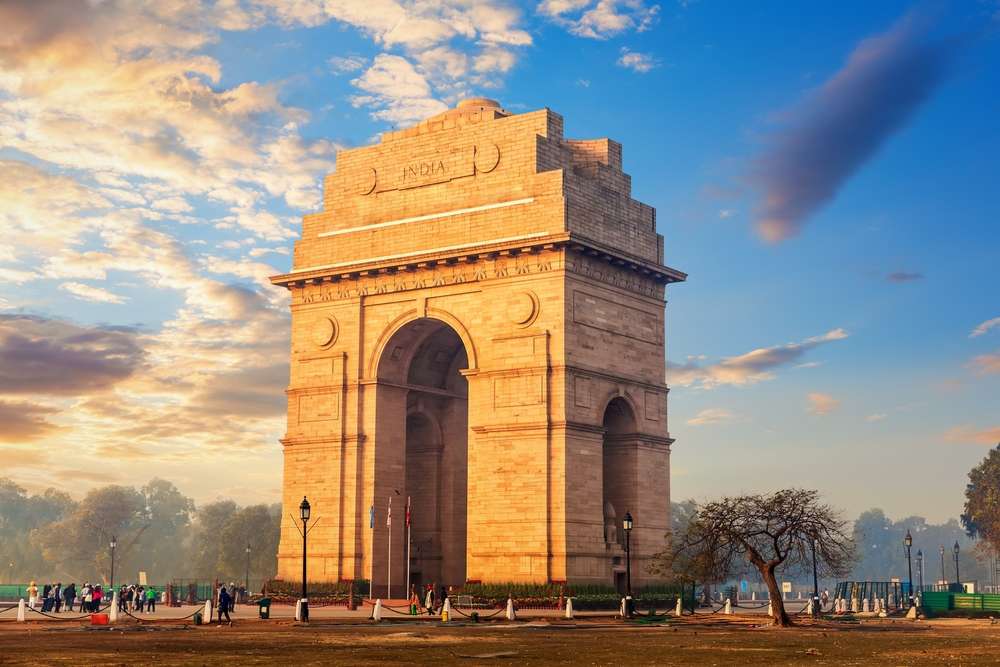India, a land of unparalleled diversity and richness, is a mosaic of ancient traditions, vibrant festivals, and architectural marvels. Its cultural heritage spans millennia, weaving stories of dynasties, religions, and civilizations that have left an indelible mark on its landscape and people. For those looking to delve into India’s cultural wealth, here are some of the best places to experience the essence of its heritage, each offering a unique glimpse into the country’s past and present.
Varanasi: The Eternal City
Varanasi, also known as Kashi or Benares, is one of the oldest continuously inhabited cities in the world and a significant cultural and religious hub in India. Located on the banks of the sacred River Ganges in Uttar Pradesh, Varanasi is considered the spiritual heart of India. Pilgrims from across the globe flock to its ghats (steps leading down to the river) to perform rituals, seek blessings, and immerse themselves in the holy waters.
The city’s labyrinthine streets are lined with temples, each with its history and significance. The Kashi Vishwanath Temple, dedicated to Lord Shiva, is one of the most revered shrines. The evening Ganga Aarti (a prayer ceremony) at Dashashwamedh Ghat is a mesmerizing experience, where the synchronized rituals, chants, and the sight of thousands of diyas (oil lamps) floating on the river create a surreal atmosphere.
INDIAN VISA FOR ARGENTINA Citizens
Jaipur: The Pink City
Jaipur, the capital of Rajasthan, is a city that perfectly embodies the royal heritage of India. Known as the Pink City due to the distinctive color of its buildings, Jaipur is a part of the Golden Triangle tourist circuit along with Delhi and Agra. The city is a treasure trove of palaces, forts, and vibrant bazaars that offer a glimpse into the opulent lifestyle of the Rajput kings.
The Amber Fort, perched on a hilltop, is a stunning example of Rajput architecture, with intricate carvings, expansive courtyards, and panoramic views of the surrounding landscape. The City Palace, still the residence of the royal family, houses a museum showcasing royal artifacts. The Hawa Mahal, or Palace of Winds, with its honeycomb-like façade, is another iconic landmark. Jaipur’s markets, such as Johari Bazaar and Bapu Bazaar, are perfect for shopping traditional jewelry, textiles, and handicrafts.
Hampi: The Lost Empire
Hampi, a UNESCO World Heritage site in Karnataka, is a place where history comes alive amidst the ruins of the Vijayanagara Empire. Once a thriving metropolis and a center of power, Hampi is now an open-air museum of ancient temples, palaces, and market streets set against a surreal landscape of giant boulders and lush greenery.
The Virupaksha Temple, dedicated to Lord Shiva, is still an active place of worship and stands as a testament to the architectural prowess of the Vijayanagara rulers. The Vittala Temple, known for its musical pillars and the iconic stone chariot, is a marvel of ancient engineering. The royal enclosures, such as the Lotus Mahal and the Elephant Stables, offer a glimpse into the grandeur of the empire. Exploring Hampi is like stepping back in time, with each ruin narrating tales of a glorious past.
Kerala: God’s Own Country
Kerala, often referred to as “God’s Own Country,” is a state in South India that boasts a rich cultural heritage influenced by its diverse history. The state is known for its backwaters, lush landscapes, and unique traditions. Kerala’s cultural essence is best experienced through its classical dance forms, traditional music, and vibrant festivals.
Kathakali, a classical dance-drama known for its elaborate costumes and expressive makeup, is a highlight of Kerala’s cultural scene. The ancient martial art form of Kalaripayattu, with its intricate techniques and acrobatics, is also a must-see. The annual boat races, especially the Nehru Trophy Boat Race, showcase the state’s spirit and unity. Kerala’s temples, such as the Padmanabhaswamy Temple in Thiruvananthapuram and the Guruvayur Temple, are important cultural and spiritual centers. The state’s cuisine, with its emphasis on coconut, spices, and seafood, adds to the rich cultural tapestry.
Khajuraho: The Temple Town
Khajuraho, located in Madhya Pradesh, is famous for its stunning group of temples that are renowned for their intricate sculptures and architectural brilliance. These temples, built between the 9th and 11th centuries by the Chandela dynasty, are a UNESCO World Heritage site and are celebrated for their detailed and sensuous carvings depicting various aspects of life.
The Western Group of Temples, including the Kandariya Mahadeva Temple and the Lakshmana Temple, are particularly notable for their exquisite artistry. The carvings on these temples illustrate scenes of gods and goddesses, celestial beings, and everyday life, highlighting the artistic and cultural achievements of the Chandela period. The annual Khajuraho Dance Festival, held against the backdrop of these ancient temples, is a spectacular event that showcases classical dance forms from across India.
Kolkata: The Cultural Capital
Kolkata, the capital of West Bengal, is often referred to as the cultural capital of India. The city has been a significant center of literature, art, music, and intellectual thought. Kolkata’s cultural heritage is deeply rooted in its colonial past and its role in the Indian independence movement.
The Victoria Memorial, a grand marble edifice, is a symbol of the British Raj and now serves as a museum with an extensive collection of artifacts. The Indian Museum, the oldest and largest museum in India, offers a fascinating insight into the country’s history and culture. Kolkata is also known for its vibrant festivals, particularly Durga Puja, when the city transforms into a hub of artistic expression and community celebration. The city’s literary heritage is celebrated through institutions like the Kolkata Book Fair and the residences of literary figures like Rabindranath Tagore.
Conclusion
India’s cultural heritage is a rich tapestry woven with threads of history, tradition, and artistic expression. From the sacred ghats of Varanasi to the royal palaces of Jaipur, the ancient ruins of Hampi to the vibrant culture of Kerala, each destination offers a unique and immersive experience. Khajuraho’s intricate temples and Kolkata’s intellectual vibrancy further add to the diverse cultural landscape of the country. Exploring these places allows visitors to connect with India’s soul, understand its multifaceted heritage, and appreciate the enduring legacy of its civilizations. Embark on a journey through these cultural treasures and discover the timeless beauty of India’s heritage.
More articles: Top National Parks in New Zealand for Nature Lovers










